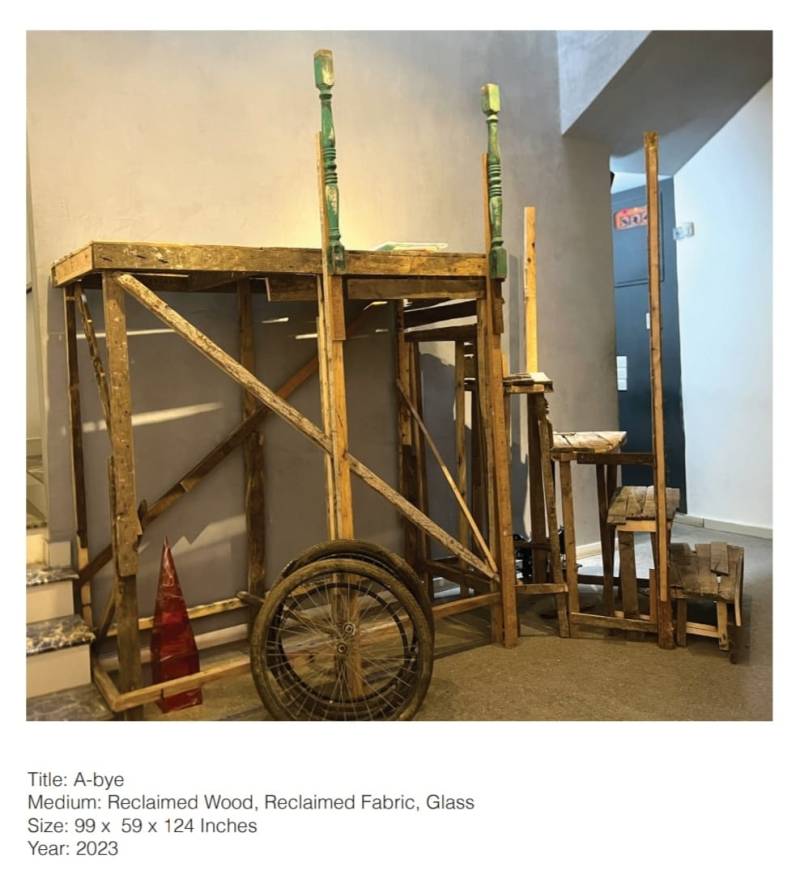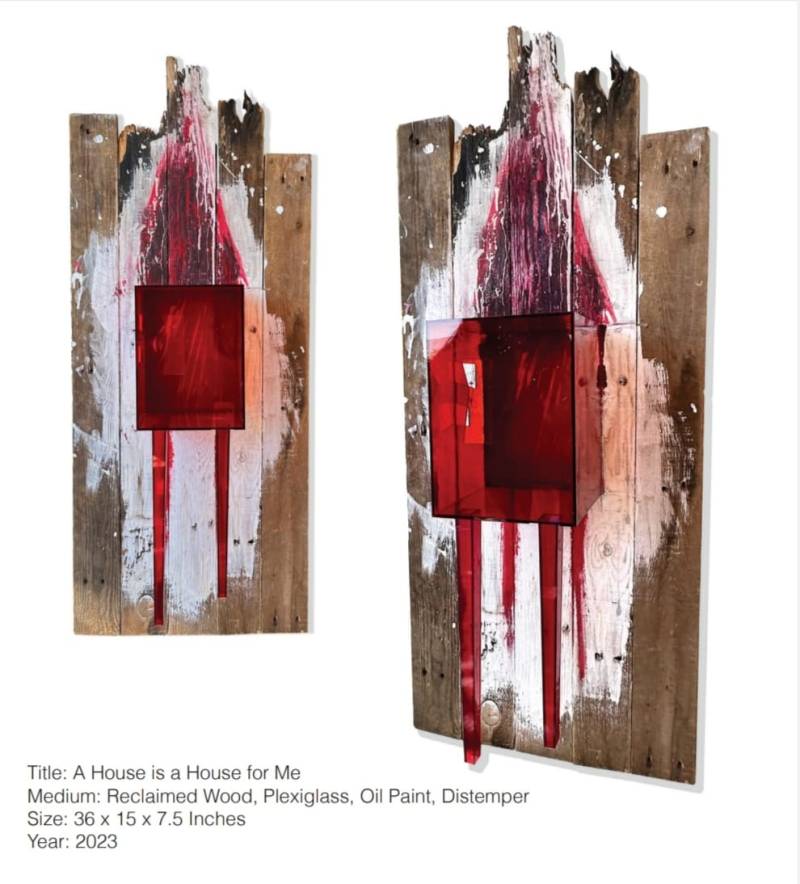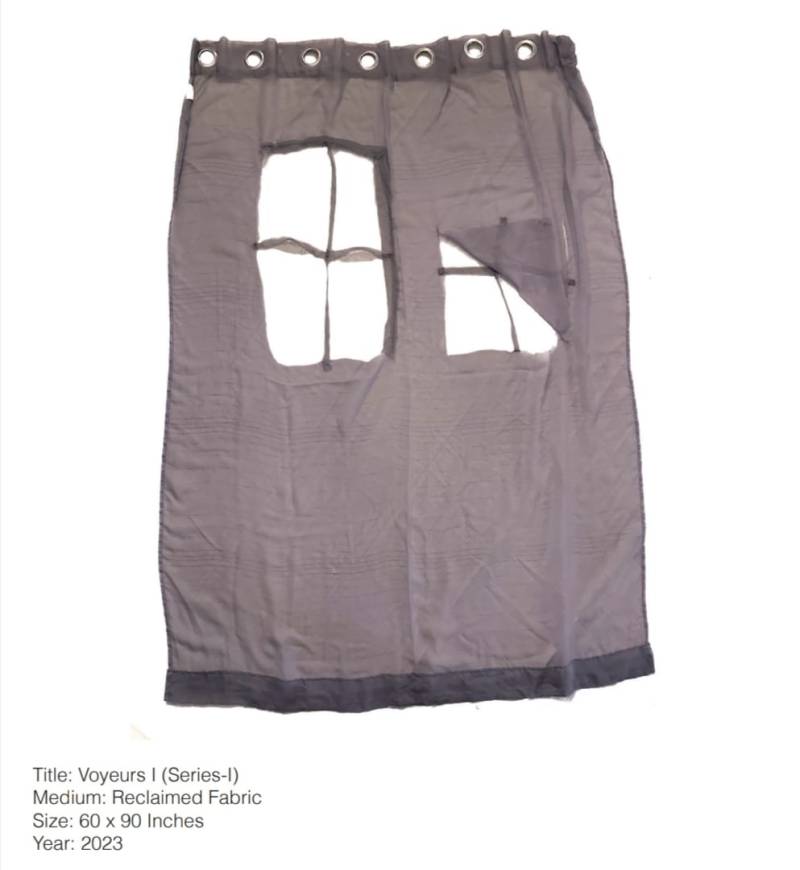Duality is a constant characteristic of humanity that resonates and permeates through other areas in our lives. The idea of dual nature does not imply a form of schizophrenia, but rather a unique capability to function multiple varied tasks through different mindsets without diminishing our core characteristics of our personality. Examples of dualities in our human condition have been illustrated throughout human history identifying us as polar beings. We are both offspring and parents at the same time.
Some who are educators will profess that they are students first and always. We perform multi-tasking activities constantly. Drawing any conclusion about the human condition it is that we possess dichotomies that often make us polar beings. Our whole being is assembled by many contradictory qualities. Good and evil are polarities that exist as dualities and as potentials in all humans. In eastern philosophy the Ying and Yang elements exemplify this duality. Both extremes contain elements of the other striking a balance and an accord with the harmony of the universe. Both define one another yet are diametrically opposed.
Allusions of light and dark forces are found in religious texts as well as in literary passages in virtually every culture. Chakra biophysical energy philosophers state that there are two major opposite life force energies found along every energy center of our spinal alignment. Most religions profess dichotomies consisting of intangible matter (soul) and physical matter (body) nearly always in a state of conflict but combine to make us one person. Often our bodies crave what our minds or souls deem as harmful elements.
If I define myself as the entire field of events I’ll term it “The organism-environment field”, which is the real me. Subsequently all the things that happen to me or I confront, maybe called “My Doing”, and that defines “the real sense of Karma”.
“Freedom from Karma” refers to freedom from being the puppet of the past that simply involves a change in one’s mindset. In other words it involves getting rid of the habit of thought whereby you define yourself as the result of what has gone by. Instead adopting the more plausible and the more reasonable habit of thought whereby one doesn’t define him/herself in terms of what they’ve done before but in terms of what they’re doing now.
Supposing one is asked what he/she did yesterday?
Most people will begin with
“I woke up at 8 am.”
“Brushed my teeth, took the dog for a walk”
“Read the newspaper over a cup of coffee”
The list of actions described above could be termed as “A fleshless list of Abstractions” with having nothing to do with what happened.
Human Intelligence has a very serious limitation: it is a scanning system that is “Linear” in nature meaning it examines the world in lines. Language is linear, language is scrawny. That’s precisely the reason education consumes most of our lives; we are made to scan miles of lines of print.
However the universe doesn’t travel to us in lines, it comes at us in “A multidimensional continuum in which everything is happening all together, everywhere at once.
“How does a centipede control a hundred legs at once?” Because it doesn’t think about it.
It comes at us too quickly to be translated into lines of print. Our being is one continuous process with everything else happening all at once, involuntarily. Just as the waves are continuous with the ocean, the body is continuous with the total energy of the cosmos.
We are in the epoch of simultaneity: we are in the epoch of juxtaposition, the epoch of the near and far, of the side-by-side, of the dispersed. We are at a moment, I believe, when our experience of the world is less that of a long life developing through time than that of a network that connects points and intersects with its own skin. One could perhaps say that certain ideological conflicts animating present-day polemics oppose the pious descendants of time and the determined inhabitants of space.
“Freedom from Anticipation”, the polar opposite of “Freedom from Karma” refers to liberation from the hope in the unknown i.e. expectations from time to come. We Polar beings always tend to pin our hopes to the mysterious, inconclusive future. The reason we say to ourselves “YOU MUST GO ON” is the reason we’re cutting off from reality, alienating us from the eternal now. The hope for a future is a perfect hoax: it’s because we’re not fully alive now, we assume maybe someday we will be.
Consciousness is simply a sort of specialized form of awareness” and if one determines that it is he/she who circulates his/her blood, at the same moment will he/she realize that it’s him/her shining the sun.
The Christian word for “sinning” in Greek is “hamartia” which means “to miss the point.” And the point is eternal life, which is here now. The universe’s multidimensional nature as opposed to the “Linear processing” of the brain, is the reason “Separate events” cease to exist in Reality or the eternal now. It are these involuntarily ignored, unprocessed, infinitesimal liminal spaces within the sequence of thoughts and/or actions that artist Lujane Waqar Pagganwala is interested in exploring. She refers to these nanoscopic transitions as “flash” or “rapid” spaces that end before even commencing. It’s this transitional phase that has polar beings oscillating between the eternal now and the subconscious, a state of flux, an accentuation of space; that reveals the multiple translucent layers of existence within the human construct.
Lujane’s multifaceted constructions are rooted in one of the early subgenres of Sculpture and initial approaches to Art making i.e. Assemblage, comprising of amalgamations of an array of easily accessible materials and found objects. Assemblage theory or Assemblage thinking is a philosophical approach that frames social complexity through fluidity, exchangeability and their connectivity. Its ethos stems from the fact that actions of individuals are a result of complex socio-material interdependencies as opposed to the individual exclusively. Gaining recognition in the 50’s, Assemblage quite honestly dates back to Picasso’s early 1900 cubist constructions, such as “Still Life” (1914) made from wood scraps and tablecloth fringing, glued together and painted.
A similar additive strategy is employed by Lujane in her signature 2D works, “A House is a House for me” or “Grace 2,” for instance, whereby she juxtaposes reclaimed wood with plexiglass, a fascinating interplay of the highly processed and the pre-industrial, the crude and the lustrous, foreground and background. An important aspect of Contemporary Art is its unique ability to document a certain Zeitgeist.
These multilayered 2D constructions by Lujane imbue distinct features of two contradictory Post-war movements Abstract Expressionism; in it’ directness and immediacy, in the messily applied distemper and oil paint strokes on raw wooden planks and American Minimalism; in calling attention to the materiality of the works, her methodological and almost clinical approach to spatial relation: the use of geometric forms together with the emphasis placed on the physical space occupied by the artwork.
“Assemblage” as an art form gained prominence towards mid-20th century, sharing a lot in common with simultaneous Art movements of the 50’s and 60’s such as Arte-Povera, Fluxus and Nouveau Realisme which primarily were concerned with Materiality and Physicality: borrowed forms and materials from the great detritus of the everyday with radical subversions of their original functions. The anti-aesthetic approach to Art making reflected in the bizarre and comical outcomes, contrasting juxtapositions of the organic and industrial, or new with the old were conscious attempts to complicate and elongate the viewer’s notions of time. Lujane refers to it as “a magnification of pockets of time.”
Lujane Pagganwala’s recent March solo exhibition at Canvas Art gallery in Karachi was truly an experiential treat that depicted the tremendous influence surroundings have on artistic processes and how they go on to define the work as opposed to a particular medium. Pagganwala works quite organically; doesn’t proceed in a pre-determined way, meaning her thought process just like her constructions exude intuition, spontaneity, appropriation, playfulness and uncertainty. She’s constantly in the search for discarded materials and objects that involves collaborating with people from all walks of life, culminating in a very personal form of research that results in a constant process of learning: About materials, landscape, people, and herself. Appropriating land and all her acquisitions play a vital role in the making of works thus the journey of making becomes an integral component of the work.
Lujane’s seemingly perplexing constructions are the outcomes of inventive extemporization and precariousness that portrays transformation and change as a permanent state emanating from the chaotic and fragmentary nature of life. This additive building process employed by her is rooted in the term “autoconstrucción”, a language, a philosophy devised by the acclaimed Mexican contemporary artist Abraham Cruzvillegas: It’s a concept that draws from the ingenious, dubious, whimsical and collaborative building tactics implemented by the people of Mexico City. Works titled “Sherbet”, “Funny Things Are Everywhere” and “A-bye” make up a body of work that is very singularly Cruzvillegean. They imbue the arbitrary ethos of construction, fusing together incongruent elements in astonishingly innovative ways that tend to challenge the viewer’s perception of space in relation to the body, to activate their decision-making mechanism to negotiate with the space and elements within.
Another quite fascinating series of hers titled “Voyeurs” is her treatment of reclaimed fabrics or used wearables to render these hybrids of ghost spaces and a physical reality. More than recreating physical spaces, it has to do with the transportation of memory of a space residing in the subconscious. Therefore it’s the portrayal of a memory and memories are imprecise and intangible.
Possessing an arsenal of mediums –which includes sculpture, painting, drawing and installation –, Pagganwala unfolds a keen and critical engagement with the material world, immersing herself in the ongoing construction and transformation of personal and collective identities stemming from a turbulent history– Bhutto and the far-left in the 70’s, followed by Zia and the far-right in the 90’s to somewhere in between today, trying to seek an identity and direction, a society in transition. And a transitional phase is considered fertile ground for an artist, because it’s a time when one questions everything.




